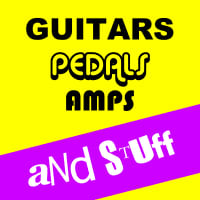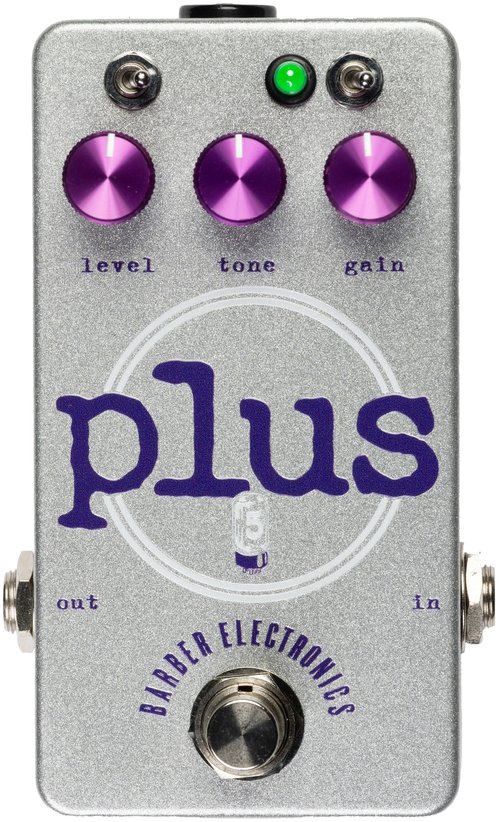Need more punch for solos? Want to hit your amp’s sweet spot? A boost pedal is your secret weapon. Designed to increase your signal without colouring your tone (unless you want it to), boost pedals can lift your sound for leads, tighten your gain stage, or add sparkle and presence. From clean, transparent lifts to gritty boosts that edge into overdrive territory, these pedals give you control and dynamic range right under your foot. Whether it’s for pushing tubes or cutting through the mix, a boost is small, but mighty.
Overdrive is a type of guitar effect that simulates the natural distortion that occurs when a tube amplifier is pushed beyond its clean limit. Overdrive pedals achieve this by boosting the input signal of the guitar, causing the amplifier to saturate and produce a warm, saturated, and crunchy sound.
Overdrive pedals are commonly used in various styles of music, including rock, blues, and punk, to add grit, sustain, and harmonic richness to the guitar’s sound. They are versatile tools that can be used to achieve a wide range of tones, from subtle breakup to full-on distortion, depending on the settings and the amplifier being used. Some classic examples of overdrive pedals include the Ibanez Tube Screamer, the Boss OD-1, and the Fulltone OCD, among others
A pedal is a compact device that guitarists use to alter their instrument’s sound by shaping effects such as distortion, delay, reverb, and modulation. Typically housed in a rugged enclosure and controlled by footswitches, pedals are designed to be placed on the floor for hands-free operation during playing. They can be analogue or digital, true bypass or buffered, and come in countless varieties to suit different styles and preferences. Pedals are essential tools for creating signature tones and adding colour and texture to a guitarist’s sound.
Watt is a unit of power that measures the output strength of a guitar amplifier. In amps, watts indicate how much electrical power the amp can deliver to the speakers, which generally correlates to loudness and headroom. For example, a 5-watt amp is great for bedroom practice or studio use with natural tube breakup at low volume, while a 100-watt amp can fill large venues with clean or distorted tones. However, wattage alone doesn’t determine tone quality—it’s about how the amp uses that power and how it interacts with speakers and effects.
We have new and used Barber Electronics musical equipment available on our website for fast direct delivery from sellers across the UK & Europe.
Auto Amazon Links: No products found.

